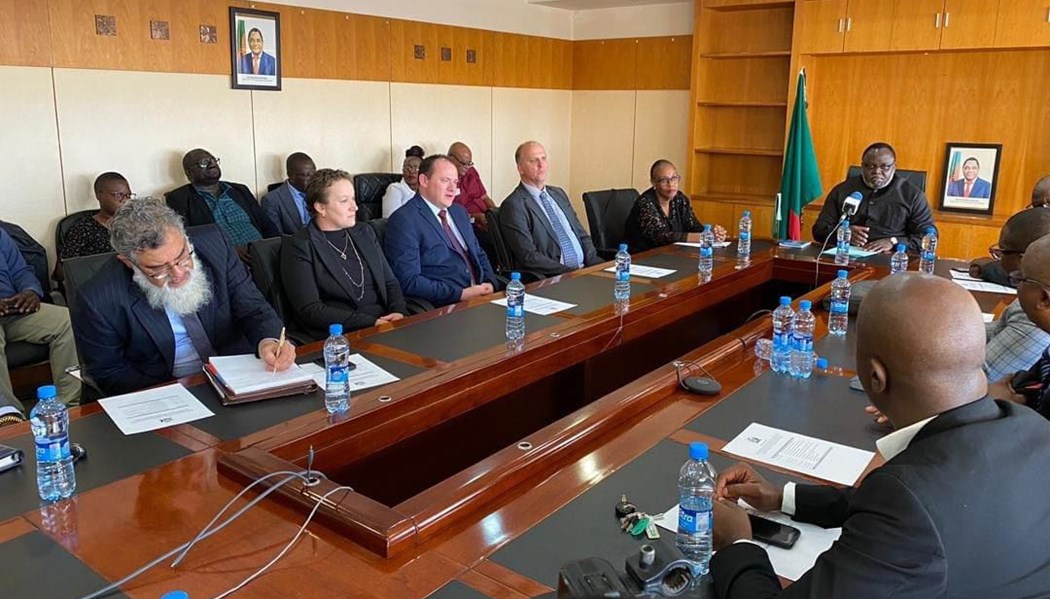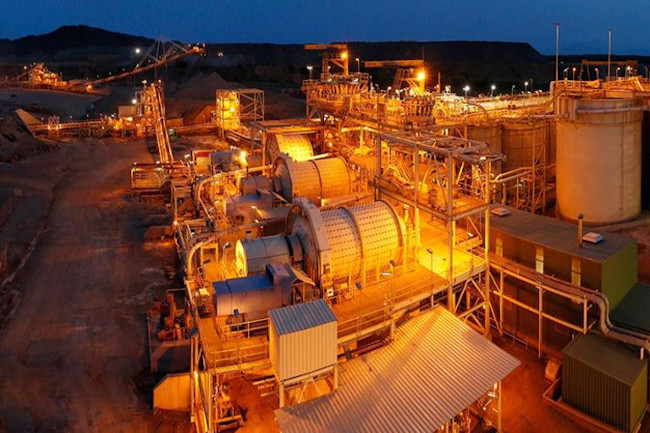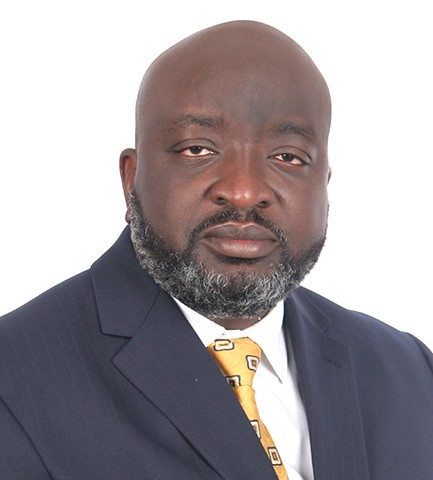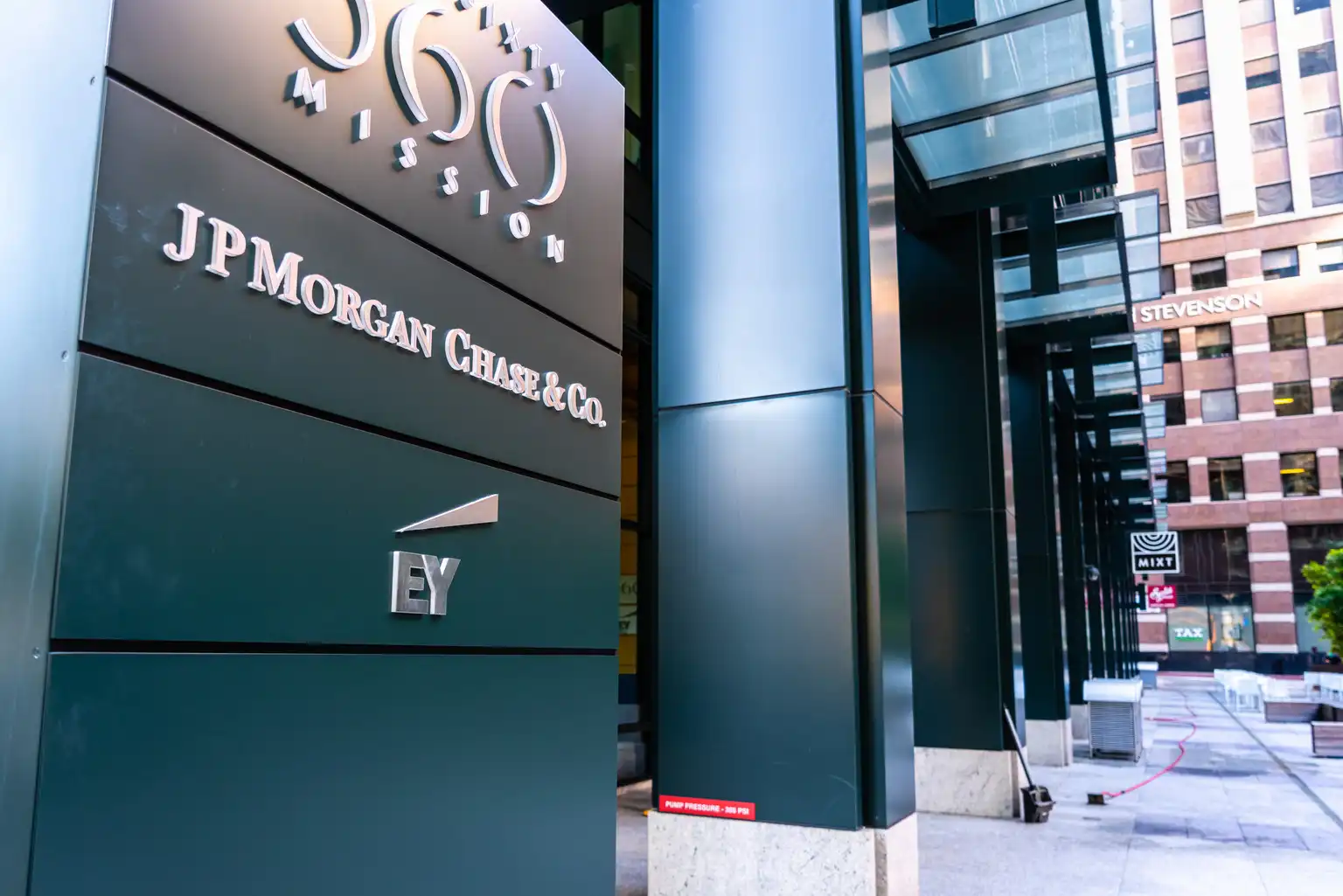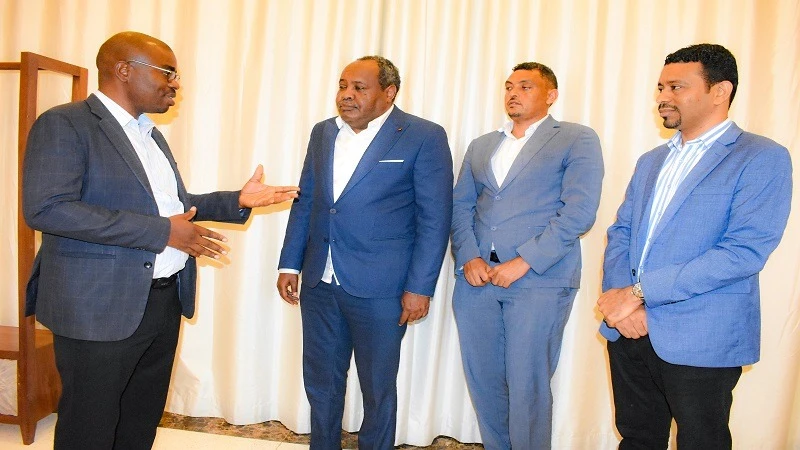Other

For DRC’s artisanal miners, promise of formalization has yielded little
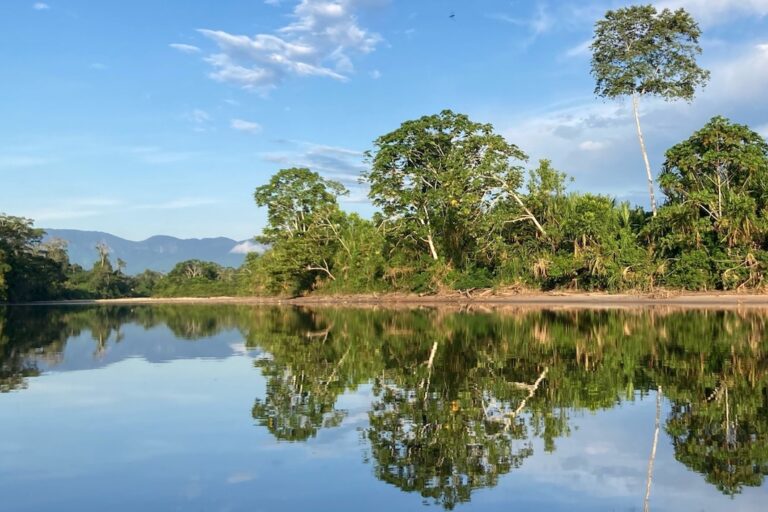
When state-owned mining company Gécamines was broken up into several private companies in 2002, the DRC government promised to provide a framework for a formal transition of the artisanal sector into a form of semi-industrialization. But 22 years later, virtually all deposits of valuable minerals are still allocated to industrial companies. The allocation of copper and cobalt artisanal mining zones as outlined in the 2018 Mining Code has not happened.
The World Bank says artisanal mining provides a livelihood for around 10 million people in the DRC, and accounts for 10-20% of the country’s mining production. Many artisanal miners are forced to work illegally. They drift from site to site, occasionally trying to muscle in on deposits allocated to the formal sector.
Frédéric Malu, who runs CENADEP, an NGO specializing in aid and assistance for artisanal miners, told Mongabay that the provincial government of Lualaba, part of the Katanga region, has set up areas where artisanal miners are admitted on a temporary basis. “These are not artisanal mining zones,” he said. “They are areas that belong to companies, but where artisanal miners are allowed to operate.”
Mining cooperatives representing artisanal miners also lack the capital to invest in the production tools needed for semi-industrialization, said Malu and his colleague Richard Mukena from AFREWATCH, an NGO focused on natural resources, both of whom are based in the mining hub of Lubumbashi.
In 2019, shortly after the revised Mining Code came into force, the DRC government created the Entreprise générale du cobalt (EGC), a subsidiary of state-owned Gécamines, in an attempt to formalize and safeguard artisanal miners.
EGC promised “an immediate solution to the working conditions of artisanal miners as well as an environment that complies with social, economic, and environmental standards.” But the first deposits available to creusers — “diggers,” as artisanal miners are commonly referred to — would not be announced until five years later, in February 2024, when 425 hectares (1,050 acres) were allocated to the EGC.
Papy Nsenga works with artisanal miners in Kolwezi, the capital of Lualaba province, where the majority of artisanal miners are concentrated. He says this allocation can only accommodate a fraction of miners seeking work in the area.
AFREWATCH’s Mukena agreed the allocated area is inadequate, but praised the DRC government’s efforts to “finally enable the EGC to set up trading posts” for minerals produced by creusers.
He said DRC law allows a mining company to relinquish part of its concession to artisanal miners, but industrial-scale mining companies say this will lead to problems with security on their concessions. They also point out that they pay rights for their properties, which would effectively leave them subsidizing third parties they allow to mine there.
Many artisanal miners are forced to work illegally on mine sites allocated to formal enterprises. This has left them in precarious financial and social situations. Image courtesy of Afrewatch/IIed, (CC BY-NC-ND 4.0).
Miners face health and safety risks
Artisanal mining for cobalt and copper poses a number of unresolved safety challenges. Creusers work with pickaxes and shovels in long, poorly reinforced tunnels, and often have no protective equipment.
Radioactivity in the ore and surrounding rock presents another hazard. Several shipments of copper and cobalt concentrates from the COMMUS project, majority-owned by Chinese company Zijin, were recently returned to the DRC from South Africa after unacceptable levels of radioactivity were detected.
Radiation exposure could pose a significant threat to miners’ health. Queenter Osoro, chair of the Kenya-based Eastern African Association for Radiation Protection (EAARP), told Mongabay that copper and cobalt ores can “contain small quantities of uranium and thorium, which decay into highly radioactive elements.”
Extracting copper and cobalt can also lead to the release of radioactive materials into nearby rivers and water bodies, Osoro said. The accumulation of radioactive contaminants can affect aquatic life, water-dependent agriculture, and end users.
While toxicological studies from hospitals in the region are limited, Mathieu Mulumba from the Polyclinic Le Sauveur in Lubumbashi said cases of cancer are unusually common among the city’s residents, particularly in children from mining families.
The main concern for those working in this environment is exposure to chemical compounds or sulfur, lime and other sometimes radioactive metals. These can spread when small particles “rise into the air because the ground is exposed, and [which] can land in water or in fields several kilometers away,” according to Jean-Pierre Djibu, a professor in the geography and environmental management department at the University of Lubumbashi.
Djibu said he believes the DRC can minimize the risks for local residents and mine workers. “It would be good to inform, train and raise awareness. Until people are trained, they remain unaware and don’t protect themselves,” he said.




